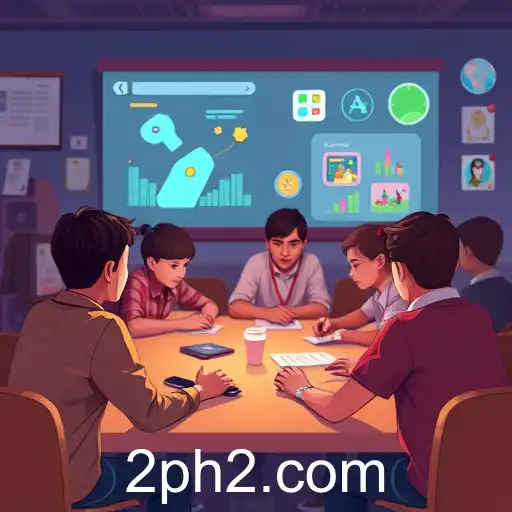
The Rise of Gamification in Digital Education

In recent years, the integration of gamification in education has revolutionized the way students engage with learning materials. As technology continues to advance, educators are increasingly turning to game-like elements to motivate and enhance the educational experience. The concept of gamifying education involves incorporating game design principles such as rewarding achievements, building narratives, and providing interactive scenarios into traditional learning processes.
One significant driver behind this trend is the growing accessibility of technology in classrooms. Devices like tablets and laptops are becoming commonplace in educational settings, enabling a shift from purely traditional teaching methods to more interactive, digital ones. This transition allows educators to craft more engaging curricula that cater to the digital native generation.
Research has shown that gamification can lead to higher levels of motivation and engagement among students. By using game mechanics such as point scoring, competition, and rewards, educators can create a stimulating learning environment. For example, students might earn badges for completing certain tasks or points for participating in class discussions, thus incentivizing participation and perseverance.
Moreover, gamified learning environments can be tailored to address individual learning paces, offering adaptive challenges that suit different levels of understanding. This personalization can help ensure that all students, regardless of their initial proficiency, are able to benefit from the curriculum and improve their knowledge without the pressure of falling behind peers.
However, the implementation of gamification in education is not without its challenges. Critics argue that an overemphasis on games and rewards might lead to students valuing extrinsic rewards over intrinsic learning. Additionally, designing effective gamified content requires resources and expertise that some educational institutions may lack. It's essential that educators carefully balance game elements with educational objectives to maintain a focus on learning outcomes.
Despite these challenges, the global move towards digitizing education, accelerated by recent events such as the COVID-19 pandemic, highlights the potential benefits of adopting innovative teaching methods like gamification. As schools and universities continue to navigate post-pandemic transitions, the role of gamification in education is likely to expand, offering exciting possibilities for the future of learning.
The Evolution of Online Gaming: The Rise of New Platforms
Exploring the growth of online gaming platforms, with a focus on 2ph's impact on virtual communities and gaming innovation.
The Rise of Digital Gaming Platforms
Exploring the growth and influence of digital gaming platforms in the modern age amid recent technological advancements.
Gaming Trends and Updates in 2025
Explore the latest trends and dynamics in the gaming industry as we delve into the news and reports that define 2025. With a focus on innovation and emerging technologies, discover how platforms like 2ph are shaping the future of gaming.
 Skip to content
Skip to content





